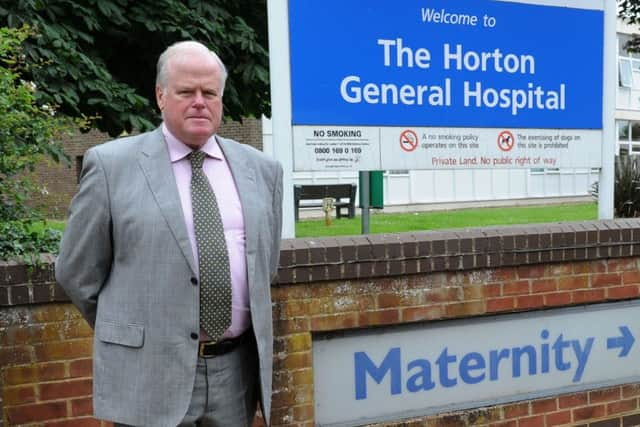Horton’s future - Banbury’s deprived communities must be considered


Cllr Andrew McHugh, Cherwell’s lead member for Health and Wellbeing, told Monday’s Horton Health Overview and Scrutiny Committee (HHOSC) that of Oxfordshire’s 15 most deprived wards, ten in Oxford and one in Abingdon had fast access to the JR hospital.
The remaining four are in Banbury and blue-light ambulance journey times to Oxford from these wards were predicted to suffer a 40 per cent drop compared to before the 2016 downgrade.


Advertisement
Hide AdAdvertisement
Hide Ad“The link between deprivation and poor health outcomes is clear... more specifically in obstetrics,” he said.
“A possible link between deprivation and severe materno-foetal morbidity was identified.
“Any future decision about obstetrics in Oxfordshire that does not see a reintroduction of obstetrics at the Horton will be embedding and formalising health inequalities for the deprived communities of Ruscote and Grimsbury.”
Mr McHugh called for the effects on the deprived communities of Banbury to be assessed in every option considered for obstetrics in the county.
Advertisement
Hide AdAdvertisement
Hide AdHHOSC chairman Arash Fatemian referred to a travel and transport workstream being reviewed. He pointed out major drops in ambulance travel times for a quarter of people in the county in a report professionally prepared for Oxfordshire Clinical Commissioning Group in 2017.
These showed a drop in 30-minute ambulance journeys to the JR from 79 per cent of Oxfordshire residents to 57 per cent and for the most deprived residents, a 40 per cent decline from 99 per cent to 59 per cent. “I was staggered by that figure,” said Mr Fatemian.